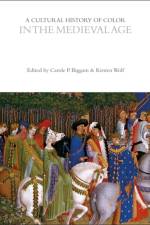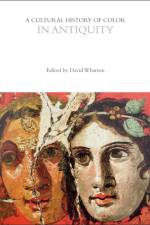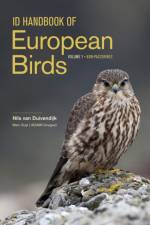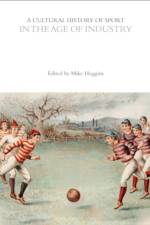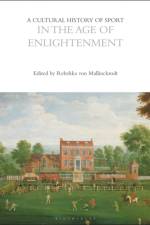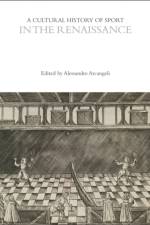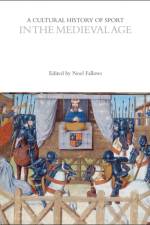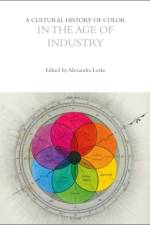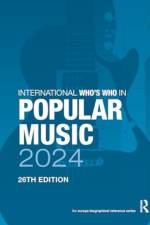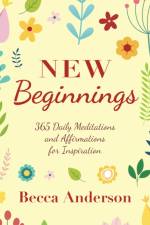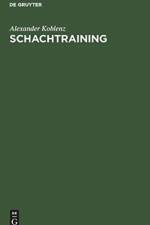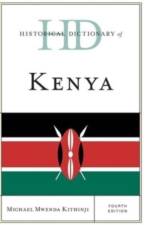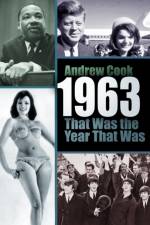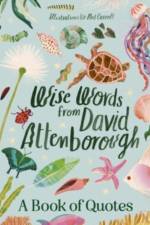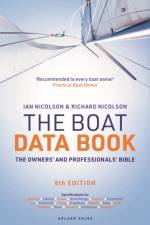av Michael Mwenda Kithinji
2 489,-
Kenya has a rich and complex history. Due to the vast discoveries of prehistoric archaeological remains, Kenya is one of the few places in the world with the largest and most complete record of human's cultural development. Furthermore, the country's strategic location astride the Indian Ocean and the East African littoral attracted numerous foreigners such as the Arabs, Persians, Portuguese, Americans, British, Chinese, French, and Germans. Additionally, immigrants from throughout Africa and beyond have settled in Kenya to escape conflict or political persecution, while others wanted an opportunity to begin a new life. As a result of being a gateway to the world, the country traditionally has been one of the most important business, cultural, diplomatic, and political centers in Africa. Still, Kenya, like many other countries throughout the world, has been plagued by an increasing array of complex economic, political, and social challenges.Historical Dictionary of Kenya, Fourth Edition contains a chronology, an introduction, and an extensive bibliography. The dictionary section has more than 500 cross-referenced entries on important personalities as well as aspects of the country's politics, economy, foreign relations, religion, and culture. This book is an excellent resource for students, researchers, and anyone wanting to know more about Kenya.

